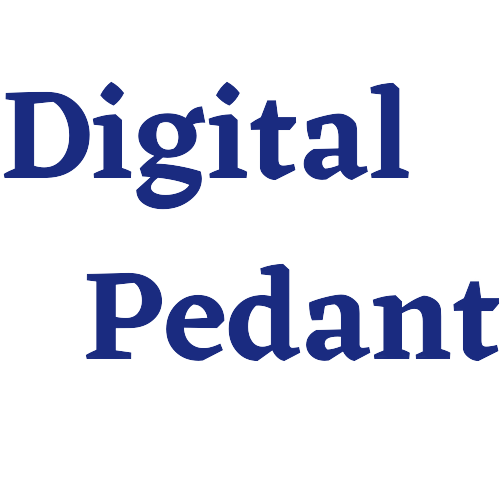Every business wants to increase its profits and for that, they need to increase their sales. Sales depend on the number of customers that avail the services or buy the products offered by a business. To acquire more customers businesses use various methods such as advertising through print media, television, radio, etc. However, if you want to gain access to a large customer base then you need to advertise your business through the internet.
Well, it is easy to create a website and list all your products however the number of competing blogs and websites in every industry is huge which makes it hard to gain the attention of online users. To overcome this hurdle you require digital marketing services of which SEO is an important part.
What is SEO?
SEO (Search Engine Optimization) is the use of various tools and tactics to market and position your website on various search engines (Google, Bing, Yahoo, etc.) in such a way that you will get a huge number of relevant prospective customers to visit your website.
It involves optimizing a site’s content, design, technical aspects, user interface and making it search engine friendly. Search engine optimization helps in getting your site indexed on Google, ranking on SERP (Search Engine Result Pages) and getting organic traffic. The term organic traffic means any visitors that you have gained without using any paid promotional methods.
SEO is divided into two categories On-Page SEO and Offpage SEO.
On-Page SEO Checklist
- Domain name set-up
- Design a responsive website
- Make it mobile search friendly
- Perform keyword research
- Write quality content
- Optimize site speed for fast loading
- Create a robots.txt
- Create easy to read URL’s
- Check redirection issues non-www to www
- Implement Hreflang tag for multiple country targeting
- Create an XML sitemap and submit it to search console
- Create an HTML sitemap
- Create a 404 page
- Create Meta titles and description for each page
- Create H1, H2 and other tags as per the post requirement
- Create image Alt and image descriptions
- Compress and optimize images
- Use internal linking
- Implement Schema markup and structured data
- Track your website traffic with Google analytics
- Use Google tag manager for advanced tracking
- Add your website to Search Console
- Use LSI and long tail keywords
- Add SSL to your e-commerce website
- Understand the use of do follow and no follow links
- Implement Canonical tag
- Implement social media sharing buttons
- Implement HSTS
Offpage SEO Techniques
- Create social media accounts on
- Create Web 2.0 blogs on
- Blogger
- Medium
- WordPress
- Tumblr
- Strikingly
- Blog Commenting
- Q & A posting
- Quora
- Yahoo answers
- Directory Submission
- Local Listings
- Classifieds
- Guest Posting
- Social Bookmarking
- Press Release
- Article Submission
- Forum Posting
- Image sharing
- Video Submission
- PPT Submission
- Infographic Sharing
- Document Sharing
- Google Business Listing
- Resource Page Link building
Mobile App Marketing
Apart from ranking websites and e-commerce stores, another way to reach out to audiences is through mobile applications. These days businesses are launching various mobile apps on Android as well as iOS but to gain a fair share of the mobile users you need to implement various App Store Optimization techniques.


